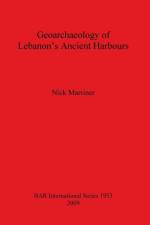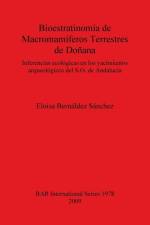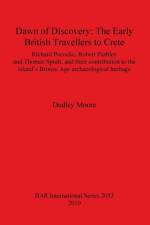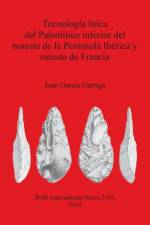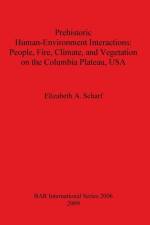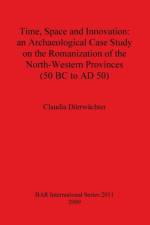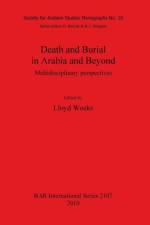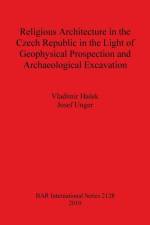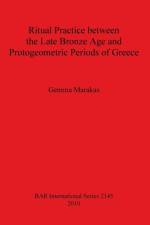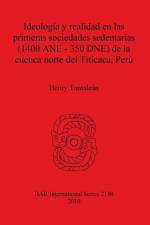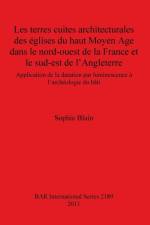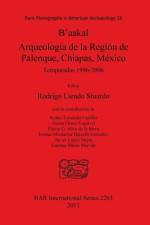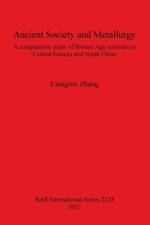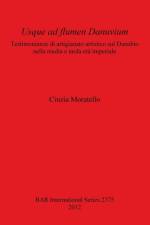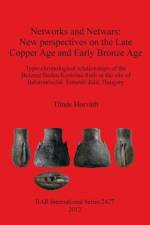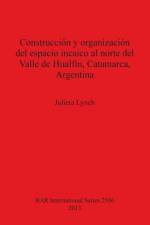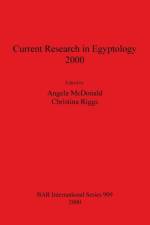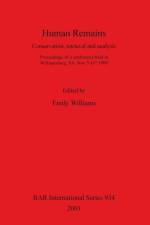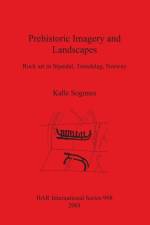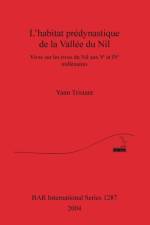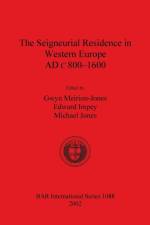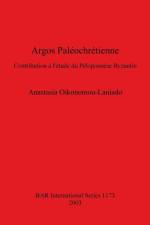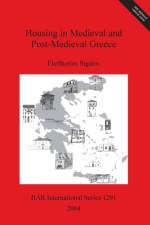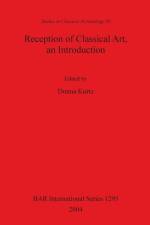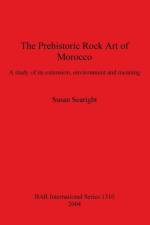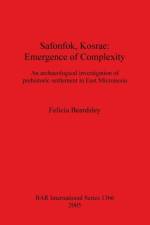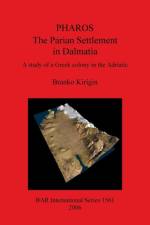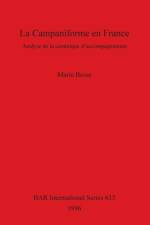- An archaeological investigation of prehistoric settlement in East Micronesia
av Felicia Beardsley
541
An archaeological investigation of prehistoric settlement in East MicronesiaThis work documents two seasons of archaeological fieldwork (1999, 2001) at the site of Safonfok, a prehistoric monumental site on the southwest coast of Kosrae Island, Kosrae State, Federated States of Micronesia. Here, for the first time in the history of archaeological work on the island, a monumental site that was probably one of the few regional power brokers of its time has been recognized, documented and examined in detail. Safonfok, as it turns out, is one of a very few number of sites that contains a deep and extensive cultural deposit representing the daily activities of a high status administrative site. Its material culture assemblage has further disassociated the site from all others on-island, turning what is an already significant site into a singularly unique site and elevating it to the status of type site. Above the ground, the foundations of the walls and buildings described a fortified compound, complete with canoe landings, formal and informal entries, a market or distribution center, guest housing, and even the quarters of a specialist in medicine. Dates from the excavations suggest that the compound was continuously occupied from at least A.D. 1200 to 1600, a formative period in the history of Kosrae where social, economic and political forces around the island were negotiating for status, position and power, especially power. Enshrouded in the cultural deposits is an entirely new artifact type -coral fishhooks -new to the island, to the region and to the archaeological record of the Pacific generally.

